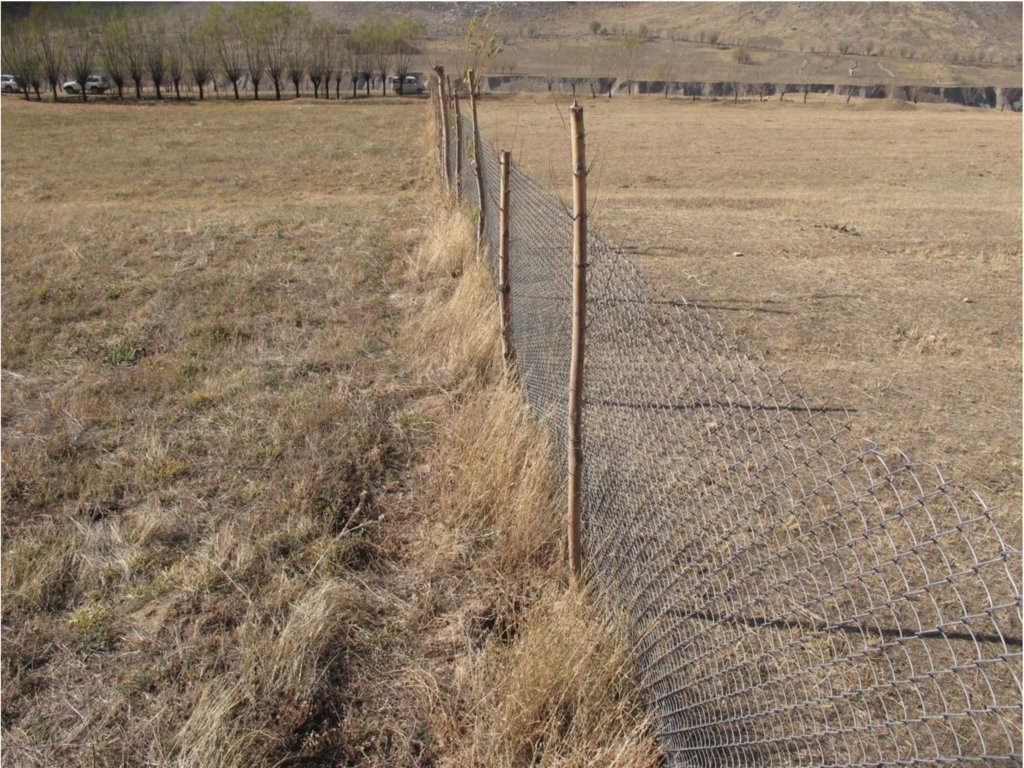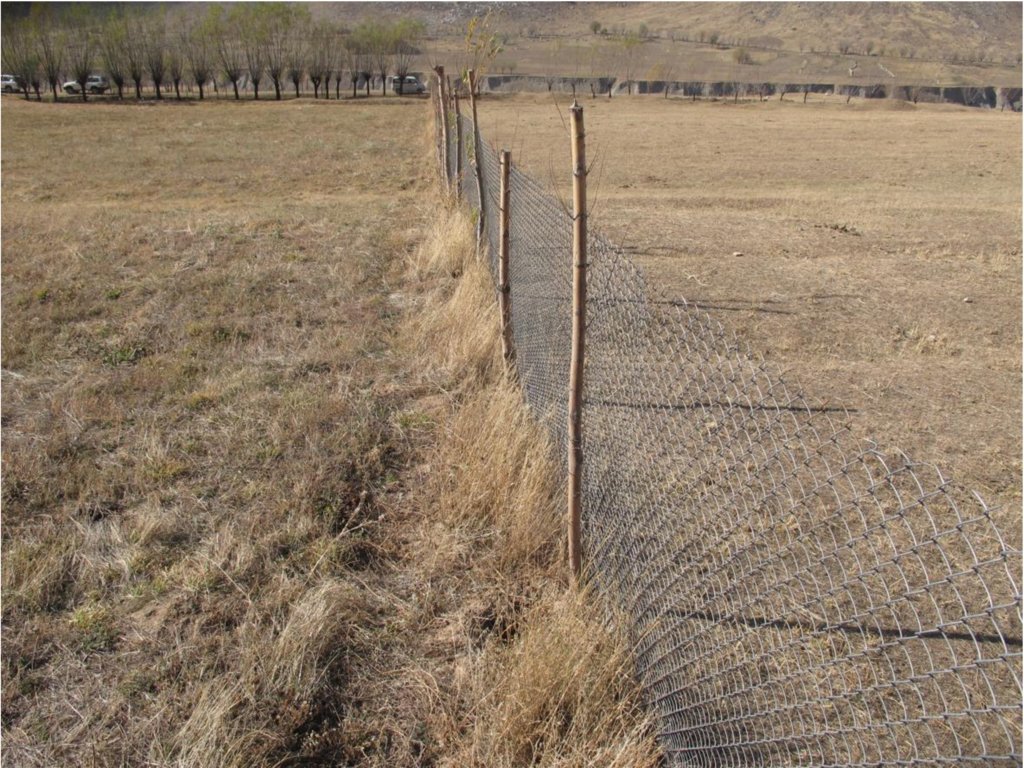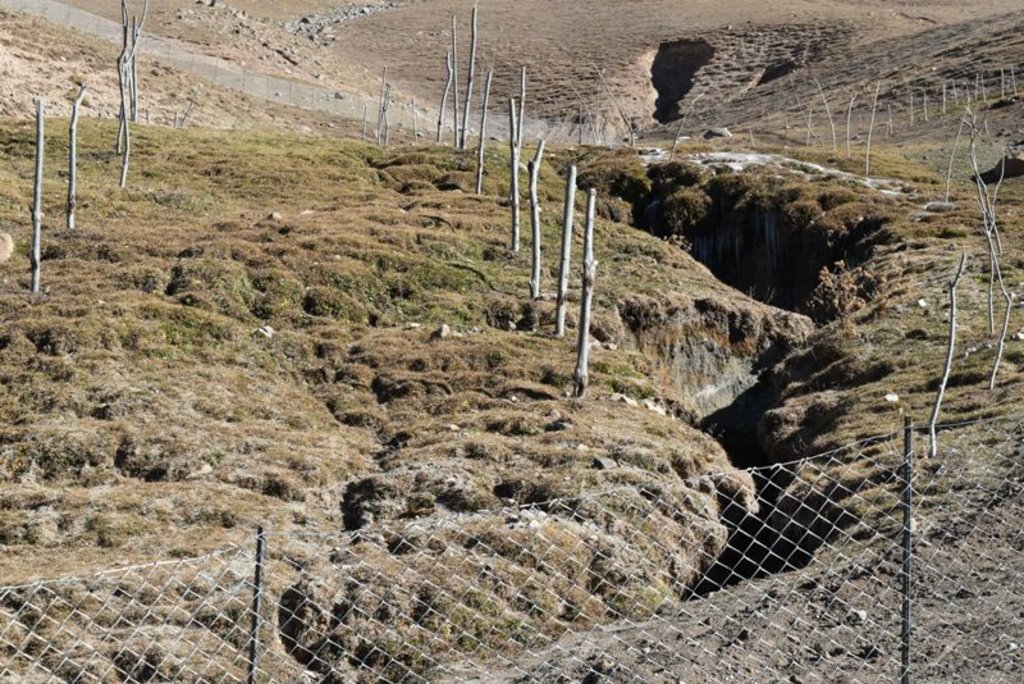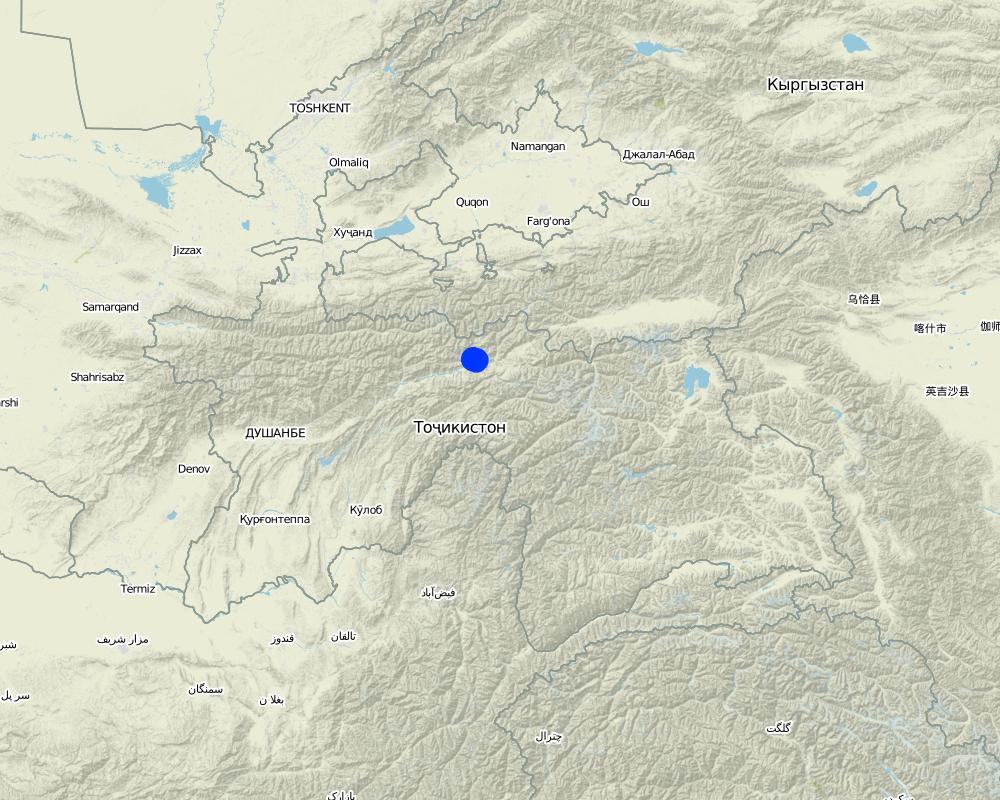Rehabilitation of Pasture Land through fencing [Таджикистан]
- Создание:
- Обновить:
- Составитель: Askarsho Zevarshoev
- Редактор: –
- Рецензенты: Yacime Khadraoui, Maximilian Knoll
Баркароркунии чарогох бо усули махкамкунии гирду атрофи он
approaches_3463 - Таджикистан
Просмотреть разделы
Развернуть все Свернуть все1. Общая информация
1.2 Контактные данные специалистов и организаций, участвующих в описании и оценке Подхода
Название проекта, содействовавшего документированию/оценке Подхода (если применимо)
Integrated Health and Habitat Improvement in Rasht Valley, TajikistanНазвание организации (-ий), содействовавших документированию/оценке Подхода (если применимо)
Aga Khan Foundation (AKF) - Швейцария1.3 Условия, регламентирующие использование собранных ВОКАТ данных
Когда были собраны данные (на местах)?
25/12/2016
Составитель и ответственный/-ые специалист(-ы) согласны с условиями, регламентирующими использование собранных ВОКАТ данных:
Да
1.4 Ссылка (-и) на Анкету (-ы) по Технологиям УЗП
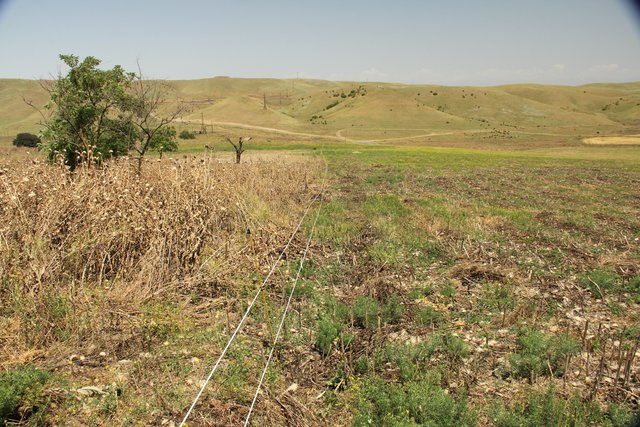
Establishment of a paddock system and improvement of … [Грузия]
In a pilot project, degraded pastureland near the settlement of Kasristskali was regenerated by introducing a fencing, mowing and grazing regime that favours the growth of forage plants instead of weeds and, where necessary, reseeding forage plants.
- Составитель: Hanns Kirchmeir

Технология управлениия пастбищами в условиях Западного Памира [Таджикистан]
Управление пастбищных угодий путем внедрения новой техники пастбищеоборота с учетом емкости пастбища
- Составитель: Aslam Qadamov
2. Описание Подхода УЗП
2.1 Краткое описание Подхода
The approach demonstrates the effect and importance of rotational grazing by fencing certain areas of land in pasture areas as well as it demonstrates the rehabilitation process in comparison to the open space which is overgrazed. The approach involves mobilizing communities to observe the rehabilitation process by not grasing in the area for a certain period of time.
2.2 Подробное описание Подхода
Подробное описание Подхода:
Community member’s understanding, especially the members of PUUs, is low on the rehabilitation techniques of degraded pasture and the effect of rotation on a timely use of different pasture plots. In order to demonstrate the result of grazing a demonstration site in the area of one hectare was fenced. In comparison to this plot the community routinely grazed the open space, next to the fenced plot. In a short period of one season the result demonstrates that the plot, which is fenced, is faster rehabilitated compared to the open space next to it, which was uncontrolled grazed by the community .
The result also shows that productivity is increased in that plot and was used for collecting fodder for off-season during wintertime.
Through organizing field days and exposure of farmers to this area, farmers understanding on applying rotation and sustainable use of pasture area is increased.
The approach was applied in the open field of community pasture, which has been previously overgrazed and abandoned as unused land. In collaboration with the community level organization the land use rights were arranged for one of the land users and the territory was fenced in the area of one hectare. The fenced area was protected for only one season but showed good results compared to the open field next to it nonetheless.
In a short period the approach demonstrates how effective applying a sustainable grazing plan is, which land users also liked. Community members, who also owned livestock acquired a simple approach to protect their pasture and applied the approach when developing their pasture and livestock management plan.
2.3 Фотографии, иллюстрирующие Подход
Общие замечания к фотографиям:
By visualizing the process of rehabilitation of the degraded pasture compared to the one which is not fenced, it is clearly demonstrated in a short period of time how effective it is to control grazing. In the pasture area which is overgrazed by community, the grazing is now banned in the degraded area. The area is fenced and trees are planted inside to stabilize the land.
2.5 Страна/ регион/ место, где применялся Подход
Страна:
Таджикистан
Административная единица (Район/Область):
Central Asia/Tajikistan/Rasht Valley
Более точная привязка места:
Sub-ordinate district of the republic
Map
×2.6 Даты начала и окончания реализации Подхода
Если год начала реализации Подхода достоверно неизвестен, дайте примерную оценку:
менее 10 лет назад (недавняя)
2.7 Тип Подхода
- недавняя местная инициатива/ инновация
2.8 Каковы цели/ задачи Подхода
The main objective to use this approach is to raise awareness of the community members on the cause of overgrazing and demonstrating the technique of rehabilitation and sustainable use of pasture through effective pasture rotations.
2.9 Условия содействующие применению Технологии/ Технологий в рамках Подхода или затрудняющие его
Социальные/ культурные/ религиозные нормы и ценности
- содействуют
There are no obstacles from any norms to contribute to the sustainable use of the natural resource. The religious and cultural norms are motivating sustainable use of pasture resource, especially the religious norms considering the nature as a gift from heaven.
Наличие/ доступность финансовых ресурсов и услуг
- затрудняют
Access to materials for fencing the big area of land in other communities for replication can be problematic.
Moreover, pasture land is considered as common community resource, therefore there are less incentives for investing financial resources.
Управление земельными ресурсами (принятие решений, осуществление и контроль за выполнением)
- содействуют
The approach motivates ownerships interest over land resources and demonstrates the private interest in protection and rehabilitation of the land resource.
Осведомленность в области УЗП, доступность технической поддержки
- содействуют
The approachnot is not very technically, just simple fencing which is applied in all aspects by community.
Объем работ, доступность рабочей силы
- затрудняют
Because of high rate of migration of youth there is not enough manpower available in these rural areas, which is making it difficult for older generation to work in the field.
3. Участие и распределение ролей заинтересованных сторон
3.1 Заинтересованные стороны, участвующие в реализации Подхода и их роли
- местные землепользователи/ местные сообщества
members of dehkan/peasant farms, land owners
to serve as manpower to fence and protect from herds encroachment into the plot
- организации местных сообществ
village organizations
organize and mobilize communities to learn from the demonstration and incentives to establish similar plots into their pasture areas.
- ученые-исследователи
from university
to observe the process of rehabilitation and the trends of degradation prevention
- местные власти
land committee, environmental protection committee
support by providing land title over the land plot and provide incentive for rehabilitation of such degraded lands
3.2 Участие местных землепользователей/ местных сообществ на разных стадиях реализации Подхода
| Участие местных землепользователей/ местных сообществ | Перечислите участников и опишите их вовлеченность | |
|---|---|---|
| инициирование/ мотивация | пассивное | Community members that grazed in the area and did not have official ownership over the land were not very interested in rehabilitation of the degraded lands, as they have other open areas for grazing. |
| планирование | пассивное | The community is not very much aware of the effect and impact of approach in contributing into the prevention of degradation. |
| выполнение | интерактивное | External support from project motivates community members to work by themselves and to follow up on the process. |
| мониторинг/ оценка | интерактивное | During the monitoring by project staff, community members were interested to learn and observe the rehabilitation process. |
3.4 Принятие решений по выбору Технологии/ Технологий УЗП
Укажите, кто принимал решение по выбору применяемой Технологии/ Технологий:
- преимущественно специалисты по УЗП после консультаций с землепользователями
Поясните:
The process is discussed during the planning process and followed by an agreement to test for demonstration.
Поясните на чём было основано принятие решений:
- личный опыт и мнения (незадокументированные)
4. Техническая поддержка, повышение компетенций и управление знаниями
4.1 Повышение компетенций/ обучение
Проводилось ли обучение землепользователей/ других заинтересованных лиц?
Да
Укажите, кто проходил обучение:
- землепользователи
Если существенно, укажите гендерный и возрастной состав, статус, этническую принадлежность и т.д.
Mainly men, who were involved in the grazing of animal participated in the trainings.
Тип обучения:
- в ходе работы
Рассматриваемые темы:
Pasture management techniques on how to graze; the impact of overgrazing; how to protect pasture; carrying capacity of pasture.
4.2 Консультационные услуги
Есть ли у землепользователей возможность получать консультации?
Да
Укажите, где именно оказываются консультационные услуги:
- на полях землепользователей
Описание/ комментарий:
During the field visit technical support and recommendation were provided to land users.
4.3 Институциональная (организационная) поддержка
В ходе реализации Подхода были ли организованы новые институциональные структуры или поддержаны уже существующие?
- нет
4.4 Мониторинг и оценка
Являются ли мониторинг и оценка частью Подхода?
Да
Комментарии:
Monitoring of the approach from time to time shows the clear result of the approach effects. During monitoring, project technical staff checked the progress and evaluated the results on how the situation changed with applying the approach. The difference was reflected in the progress reports and also shared with land users to better understand the approach implementation results.
Если да, будет ли данный документ использоваться для мониторинга и оценки?
Нет
4.5 Научные исследования
Были ли научные исследования частью Подхода?
Нет
5. Финансирование и внешняя материальная поддержка
5.1 Годовой бюджет мероприятий по УЗП в рамках Подхода
Укажите годовой бюджет мероприятий УЗП в рамках Подхода в долларах США :
1200,00
Комментарий (например, основные источники финансирования/ ключевые доноры):
ELMARL project, funded by World Bank and implemented by Committee on Environmental Protection
5.2 Финансирование и внешняя материальная поддержка, предоставляемая землепользователям
Предоставлялась ли землепользователям финансовая/ материальная поддержка для применения Технологии /Технологий?
Да
Если да, укажите тип(-ы) поддержки, кто ее предоставил и условия предоставления:
The project is funded by SDC, implemented by MSDSP and materials for fencing (nets, columns etc,.) were provided under this project to community.
5.3 Субсидии на отдельные затраты (включая оплату труда)
- строительные материалы
| Укажите, какие ресурсы были субсидированы | В какой степени | Опишите субсидии подробнее |
|---|---|---|
| net for fencing | профинансированы полностью | fencing materials (nets, columns for fixing the net) was provided to fence the area around |
Если труд землепользователя был существенным вкладом, укажите, был ли этот вклад:
- добровольный
5.4 Кредитование
Предоставлялись ли в рамках Подхода кредиты на мероприятия УЗП?
Нет
5.5 Другие методы или инструменты стимулирования
Использовались ли другие методы или инструменты стимулирования для продвижения Технологий УЗП?
Нет
6. Анализ влияния и заключительные положения
6.1 Влияние Подхода
Сумел ли Подход расширить возможности местных землепользователей, повысить участие заинтересованных сторон?
- Нет
- Да, немного
- Да, умеренно
- Да, существенно
Land users learnt how effective the approach can contribute to the rehabilitation of degraded pasture area as a result of overgrazing.
Сумел ли Подход помочь землепользователям внедрить и поддерживать технологии УЗП?
- Нет
- Да, немного
- Да, умеренно
- Да, существенно
Simple technology of fencing was applied to demonstrate the effect of the chosen approach.
Сумел ли Подход содействать гендерному равенству и расширить права и возможности женщин и девочек?
- Нет
- Да, немного
- Да, умеренно
- Да, существенно
Women/girls who are mainly responsible for fodder provision to livestock appreciate the approach, because it can easily can easily help to provide big amounts of fodder.
Сумел ли Подход разрешить правовые проблемы землевладения/ землепользования, препятствующие использованию технологий УЗП?
- Нет
- Да, немного
- Да, умеренно
- Да, существенно
Those community members who do not own land are provided with incentives to get access to the those land abandoned and overgrazed. They are supported by the fencing project to rehabilitate and cultivate additional fodder crops.
Сумел ли Подход улучшить способность землепользователей адаптироваться к изменениям климата и смягчать последствия катастрофических погодных явлений?
- Нет
- Да, немного
- Да, умеренно
- Да, существенно
The approach motivates land users to rehabilitate degraded pastures, which also prevents natural hazards and improve carbon sequestration.
Сумел ли Подход привести к созданию новых рабочих мест/ к расширению возможностей получения дохода?
- Нет
- Да, немного
- Да, умеренно
- Да, существенно
Through improving land conditions fodder was collected from the area, which brought additional income as the need to buy additional fodder for livestock was lowered.
6.2 Основные причины, побуждающие землепользователей внедрять УЗП
- рост продуктивности
increased fodder production
- рост прибыли (доходности) и рентабельности
improved livestock conditions and profit from selling livestock products
- снижение деградации земель
After fencing and controlling the grazing the grass started to grow and slowly the land was rehabilitated.
- снижение риска катастрофических погодных явлений
In the slopes area, where grazing was prevented the land cover (grass-biomass) improved and stabilized the slopes.
- приобретение знаний и опыта в области УЗП
Through field days knowledge on use of SLM improved and applied in other communities.
6.3 Долгосрочная устойчивость мероприятий в рамках Подхода
Могут ли землепользователи самостоятельно (без внешней поддержки) продолжать применение того, что было реализовано в рамках Подхода?
- да
Если да, опишите как:
When land users knowledge and understanding improved on how controlled grazing can contribute to pasture rehabilitation they started to apply the approach in a bigger pasture area. After the approach showed good results the community started to consider rotational grazing in their pasture and livestock management plan, which the community develops every year.
6.4 Сильные стороны/ преимущества Подхода
| Сильные стороны/ преимущества/ возможности по мнению землепользователей |
|---|
| rehabilitation of the pasture |
| clear demonstration of results in a short period of time |
| Сильные стороны/ преимущества/ возможности по мнению составителя или других ключевых специалистов |
|---|
| demonstrates results in a short term |
| affordable to demonstrate in different areas |
| easily replicable, cost effective |
6.5 Слабые стороны/ недостатки Подхода и пути их преодоления
| Слабые стороны/ недостатки/ риски по мнению составителя или ответственных специалистов | Возможные пути их преодоления/снижения? |
|---|---|
| Failure because of other external shocks may results in land users not perceiving the approach . | should be well documented to show the effect |
7. Справочные материалы и ссылки
7.1 Методы сбора/источники информации
- выезды на места, полевые обследования
During peer reviews, the condition of the land fenced was found to be very attractive compared to the previous, when used openly.
- опросы землепользователей
2
- данные, собранные из отчетов и достоверных документов
one
7.2 Ссылки на опубликованные материалы
Название, автор, год публикации, ISBN:
Zevarshoev Askarsho, SLM specialist, 2016
Где опубликовано? Стоимость?
upon request, free of charge
Ссылки и модули
Развернуть все Свернуть всеСсылки

Establishment of a paddock system and improvement of … [Грузия]
In a pilot project, degraded pastureland near the settlement of Kasristskali was regenerated by introducing a fencing, mowing and grazing regime that favours the growth of forage plants instead of weeds and, where necessary, reseeding forage plants.
- Составитель: Hanns Kirchmeir

Технология управлениия пастбищами в условиях Западного Памира [Таджикистан]
Управление пастбищных угодий путем внедрения новой техники пастбищеоборота с учетом емкости пастбища
- Составитель: Aslam Qadamov
Модули
Нет модулей



